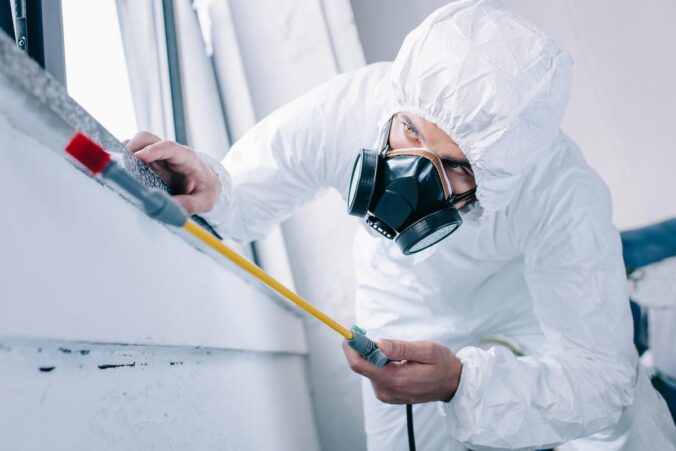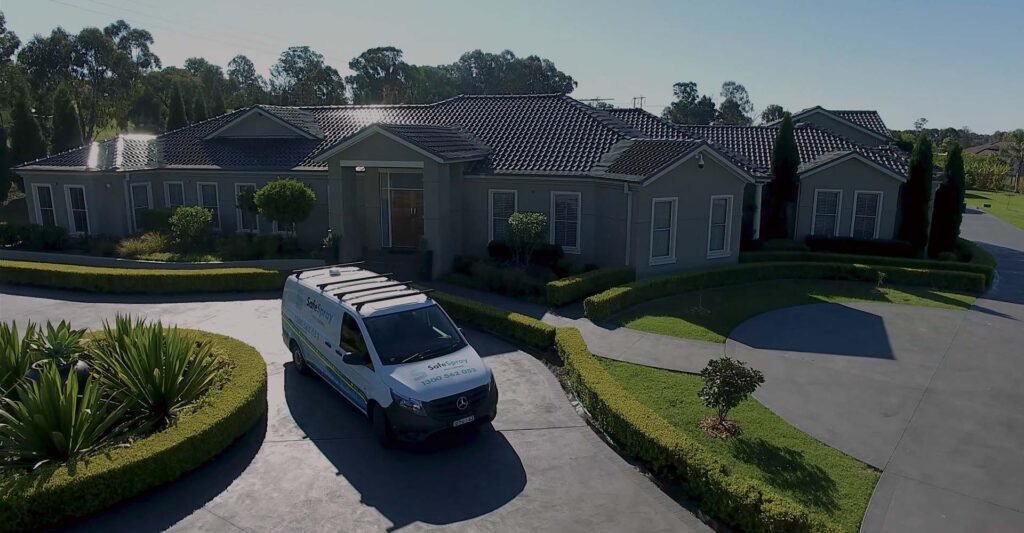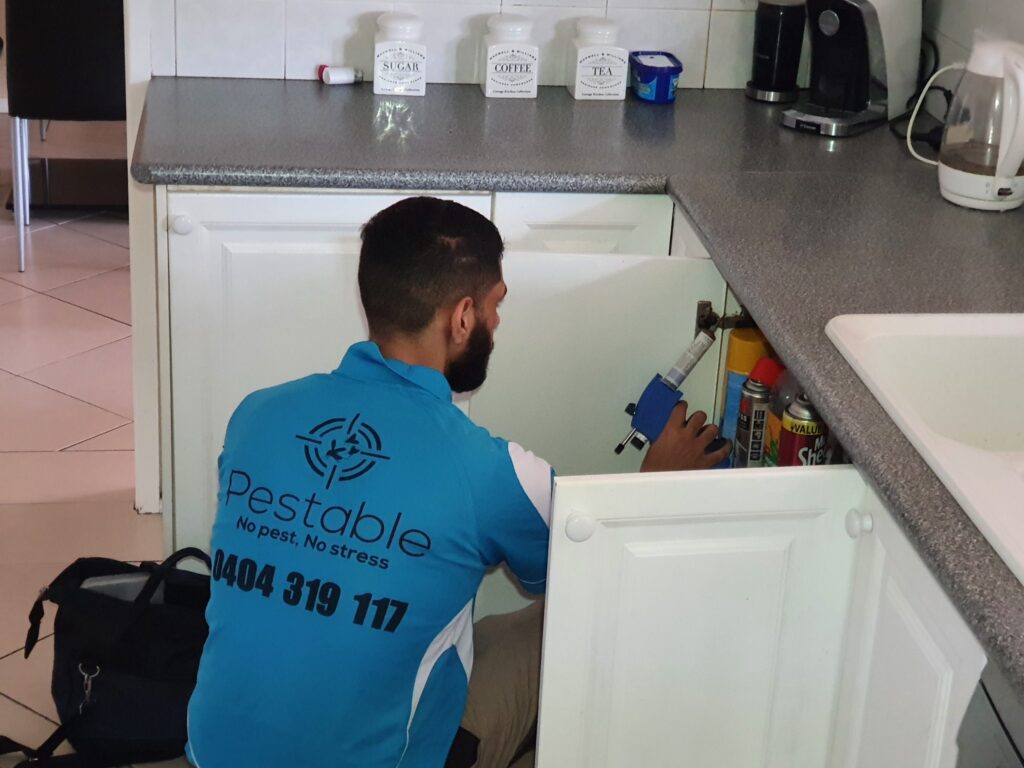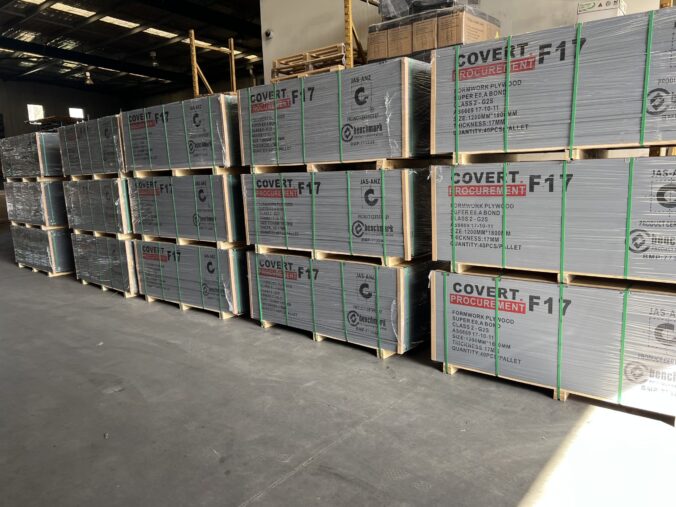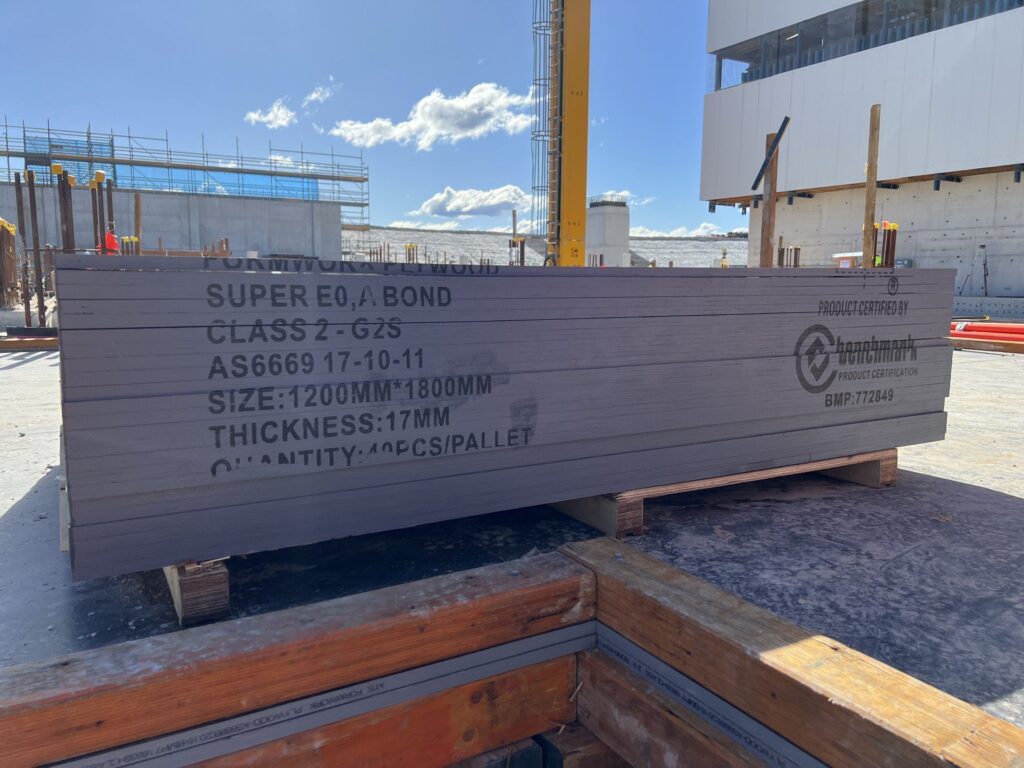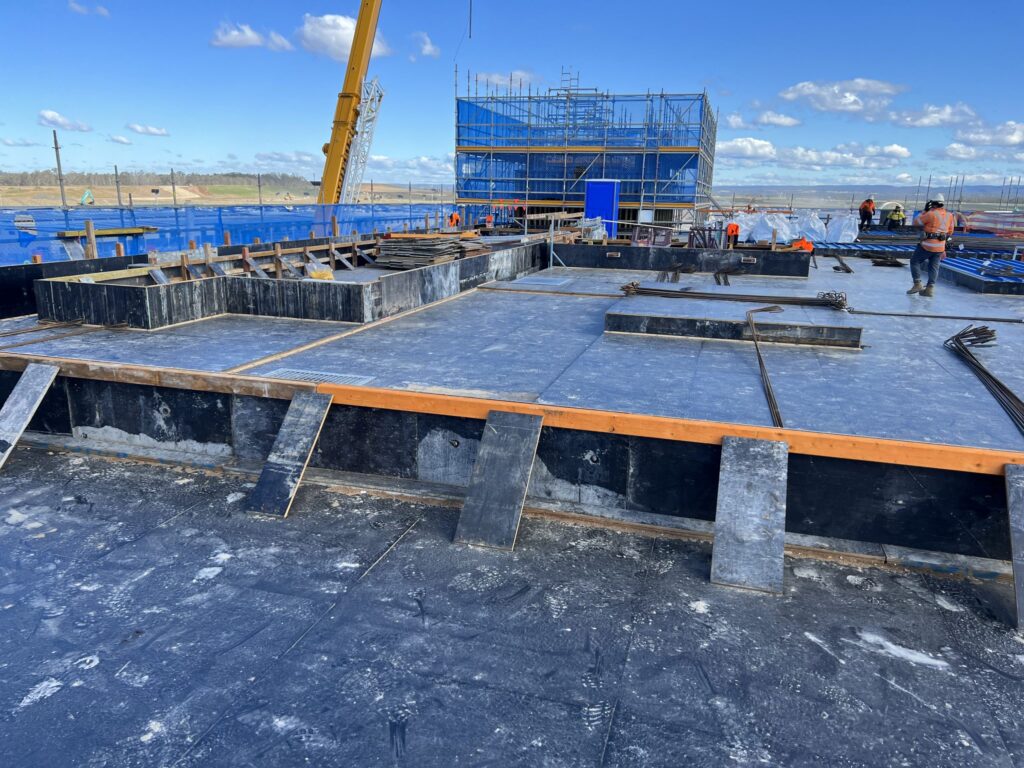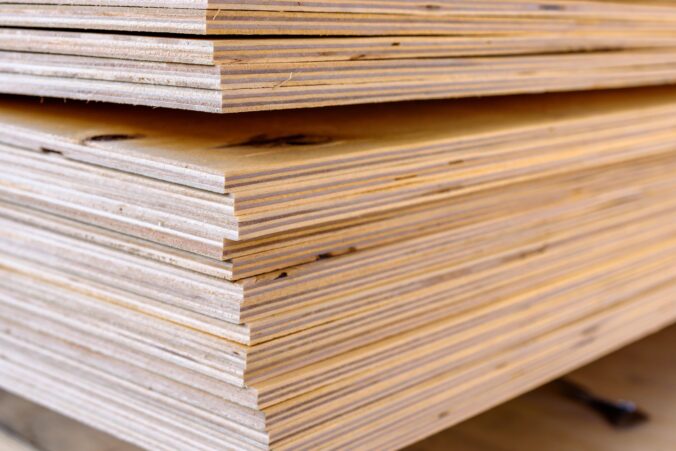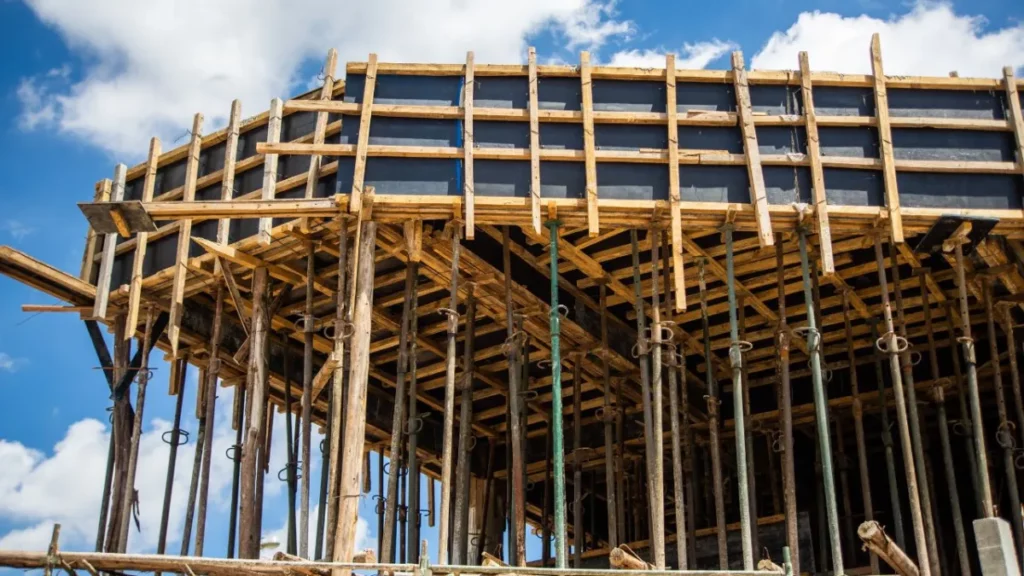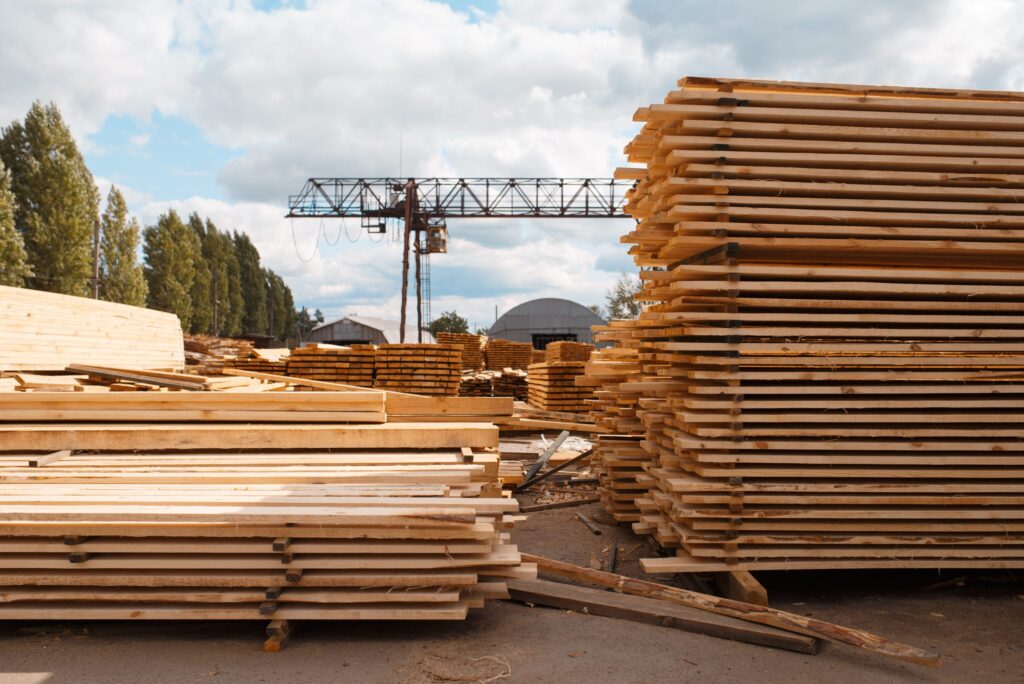The growing urban landscape of Sydney has brought many conveniences, but along with it, a host of pest problems. These issues can escalate quickly, becoming a significant concern for homeowners. This is where same-day pest control services come into play, offering rapid solutions to invasive infestations. Understanding the importance and benefits of immediate pest removal can help Sydney residents protect their homes and families more effectively.
Understanding the Need for Same-Day Pest Control
When it comes to same day pest control, time is of the essence. Delaying pest intervention can lead to severe consequences, from property damage to health risks. The unique environment of Sydney creates a breeding ground for various pests, making quick response times critical.
The Risks of Delayed Pest Control
Ignoring pest infestations often leads to complicated problems down the line. For instance, termites can cause significant structural damage within months if not addressed promptly. Similarly, rodents can chew through wires and insulation, posing fire hazards and contaminating food sources.
Moreover, some pests carry diseases that can affect your family’s wellbeing. Cockroaches, for instance, are known carriers of allergens and pathogens. Delaying pest control means not just risking property damage but also putting the health of your loved ones at risk. In addition to cockroaches, other pests like mosquitoes and ticks can transmit serious illnesses, including West Nile virus and Lyme disease, making it imperative to act quickly when you notice signs of an infestation.
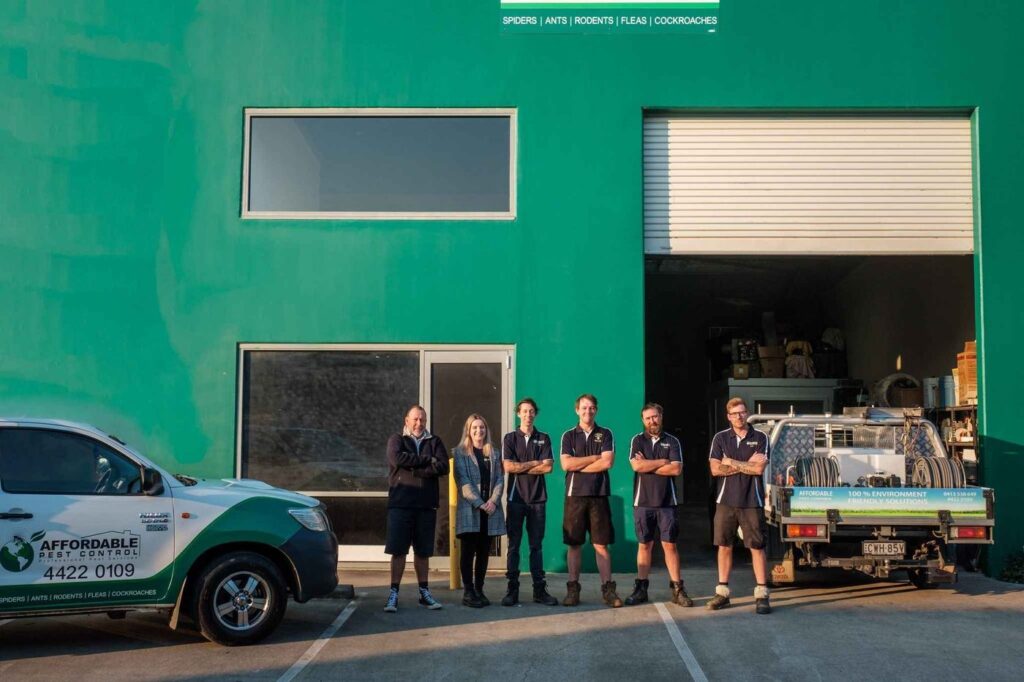
Benefits of Immediate Pest Intervention
Swift pest control actions offer numerous advantages. Firstly, they prevent the escalation of infestations, ensuring that a small problem doesn’t become a large and costly affair. Timely intervention also minimizes the disruption to your daily life, allowing you to maintain a safe and comfortable home environment.
Additionally, many pest control services offer follow-up inspections and long-term prevention strategies as part of their same-day solutions. This approach not only addresses the immediate concern but also lays the groundwork for maintaining a pest-free environment in the future. Many companies utilize eco-friendly products and techniques, ensuring that your home remains safe for pets and children while effectively eliminating pests. Furthermore, these services often provide valuable advice on how to deter pests from returning, such as sealing entry points and maintaining proper sanitation practices.
Types of Pests Common in Sydney Homes
Sydney’s favorable climate supports a wide range of pests, making it essential for homeowners to be aware of the potential threats that may invade their homes.
Insects and Their Impact
Insects are among the most common pests found in Sydney. Ants, cockroaches, and termites are notorious for invading homes. Ants can contaminate food supplies, while cockroaches are not just annoying; they can spread diseases. Termites, on the other hand, can silently destroy the structural integrity of your property.
Each type of insect presents unique challenges and requires specific treatment methods. Homeowners should familiarize themselves with these insects to understand when to seek immediate help from pest control services. For instance, while some ants can be managed with simple traps or bait, others may require professional intervention to eliminate entire colonies. Cockroaches, known for their resilience, often necessitate a comprehensive approach that includes sanitation, exclusion, and targeted insecticide applications. Furthermore, understanding the signs of termite activity, such as mud tubes or hollow-sounding wood, can be crucial for early detection and prevention of extensive damage.
Rodents and the Threat They Pose
Rodents like rats and mice are another significant concern. They can enter homes through tiny openings, nesting in walls or attics. Once inside, they reproduce rapidly, leading to larger infestations.
Rodents present serious health risks as they carry diseases such as leptospirosis and hantavirus. They can also cause substantial damage by gnawing on wires, insulation, and even structural elements of the home. A rapid response is essential to eradicate them effectively and prevent further damage. Additionally, the presence of rodents can attract other pests, such as fleas and ticks, which can further complicate the issue. Homeowners are encouraged to implement preventive measures, such as sealing entry points, maintaining cleanliness, and storing food in airtight containers, to deter these unwelcome guests. Regular inspections and monitoring can also help catch infestations early, ensuring a safer and healthier living environment for all occupants. Read more about rodents and their threats at https://cals.cornell.edu/new-york-state-integrated-pest-management/outreach-education/whats-bugging-you/rodents
Same-Day Pest Control Services in Sydney
To combat the myriad of pest problems faced by homes in Sydney, many companies offer same-day services. These services cater to emergencies, ensuring that help is just a phone call away. Whether you’re dealing with a sudden ant invasion in your kitchen or discovering a wasp nest in your backyard, immediate assistance can prevent further damage and discomfort.
What to Expect from Same-Day Services
When you choose a same-day pest control service, you can expect prompt arrival and immediate assessment of the problem. Technicians will identify the type of pest, the extent of the infestation, and the best course of action. This initial evaluation is crucial, as it allows the professionals to tailor their approach to your specific situation, ensuring that the treatment is both effective and efficient.
These experts typically utilize a combination of chemical treatments and non-toxic options, depending on the severity of the issue and any specific concerns you may have about pets or children in the home. The goal is to resolve the infestation efficiently while ensuring the safety of your home’s occupants. Many companies also provide preventative advice and follow-up services to help you avoid future infestations, giving you peace of mind that your home is protected.
Choosing the Right Pest Control Service
Not all pest control services are created equal. When selecting a provider, consider researching their reputation, service options, and customer feedback. Look for companies that offer guarantees on their work and demonstrate a commitment to environmentally friendly practices. It’s also beneficial to inquire about the specific methods they use, as some companies may employ innovative techniques that minimize environmental impact while maximizing effectiveness.
Additionally, ensure that the technicians are licensed and experienced in handling the specific types of pests you’re dealing with. This knowledge is crucial for effective pest management and long-lasting results. Many reputable companies will also provide educational resources, helping you understand the habits of common pests and how to deter them, thus empowering you to maintain a pest-free environment in the long run. Engaging in a proactive approach not only enhances your living space but also contributes to the overall health and safety of your family.
Prevention Tips for Sydney Homeowners
While same-day pest control services are invaluable, preventing infestations is equally important. Homeowners must take proactive measures to reduce the likelihood of pest entry and settlement.
Regular Maintenance and Pest Control
One of the most effective ways to keep pests at bay is through regular property maintenance. Routine inspections and maintenance can identify areas of concern before they become significant problems. Simple actions such as sealing cracks, repairing leaks, and maintaining landscaping can deter pests from entering your home.
In addition, scheduling periodic pest control treatments can help manage any lingering pest populations, ensuring they don’t take hold in the first place. Engaging a professional pest control service not only provides you with expert insight into potential vulnerabilities but also allows for the application of preventive measures tailored to your specific environment. This proactive approach can save homeowners from the stress and cost of dealing with a full-blown infestation later on.
Home Modifications to Prevent Pest Infestations
Certain modifications to your home can significantly enhance pest prevention. Consider installing screens on windows and doors to keep insects out, or using caulk to seal gaps around utility lines and fixtures.
Moreover, maintaining cleanliness in and around your home is crucial. Proper food storage and waste management can eliminate attractants that lure pests. Regularly cleaning gutters and ensuring proper drainage can also prevent water accumulation, which can be appealing to many pests. Additionally, consider creating a barrier around your home by using gravel or mulch, which can deter pests like ants and termites from approaching your foundation. This simple landscaping technique not only beautifies your property but also serves as an effective deterrent against unwanted invaders.
Furthermore, educating yourself and your family about the types of pests common in Sydney can empower you to recognize early signs of infestation. Understanding the habits and preferences of pests such as cockroaches, rodents, and termites can help you take timely action. For instance, knowing that cockroaches are attracted to moisture can prompt you to fix leaky faucets and pipes promptly, while awareness of rodent nesting behaviors might lead you to store food in airtight containers. By fostering a culture of vigilance and awareness, you can create an environment that is less hospitable to pests. To learn about more methods of preventing pest infestations click here.
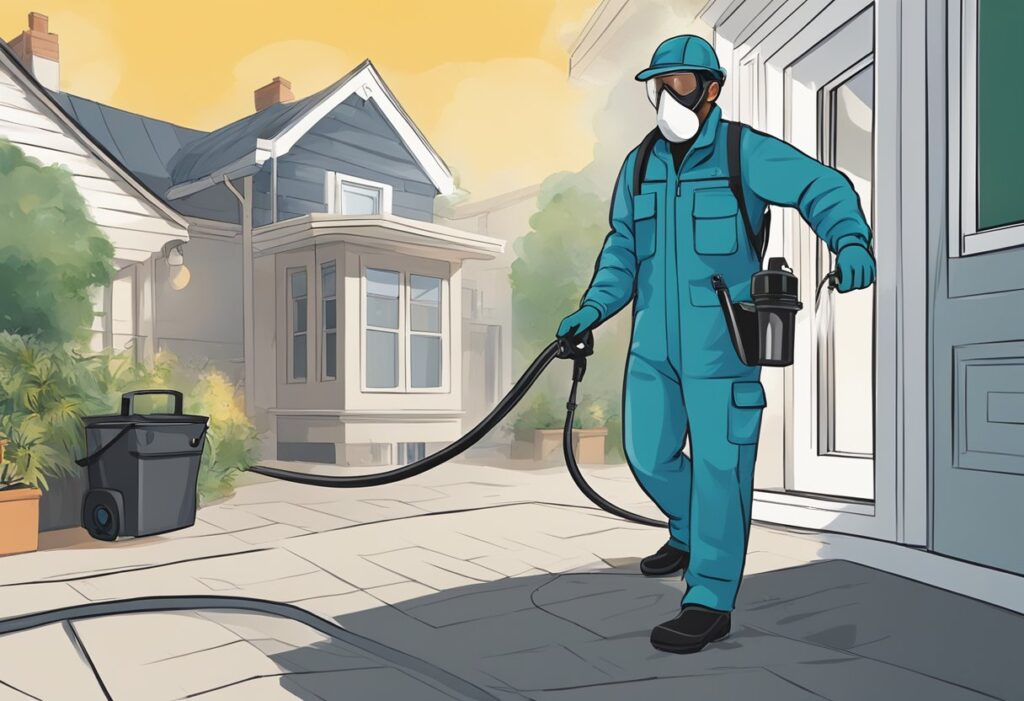
The Future of Pest Control in Sydney
As pest control needs evolve, so too do the methods used to address them. Innovations and advancements in pest management are continuing to change the landscape for homeowners in Sydney.
Technological Advancements in Pest Control
New technologies are transforming how pest control services operate. The use of smart traps, digital monitoring systems, and integrated pest management solutions are becoming more prevalent. These technologies provide real-time data on pest activity, allowing for swift interventions.
Additionally, precision agriculture and drone technology are being explored to address pest infestations in residential areas, making pest control even more efficient in the future. Homeowners can expect to benefit from these advancements as they become more widely adopted. For instance, smart traps equipped with sensors can notify pest control professionals when an infestation is detected, significantly reducing the time it takes to respond and mitigate the problem. This proactive approach not only saves homeowners from potential damage but also enhances the overall effectiveness of pest management strategies.
Sustainable Pest Control Practices
Alongside technology, there’s a growing emphasis on sustainable pest control practices. Eco-friendly methods that utilize organic solutions are gaining traction. These practices not only protect the environment but also ensure the safety of children and pets within the home.
As consumers become more aware of their environmental impact, pest control companies in Sydney are adapting their services to cater to this demand, focusing on methods that are both effective and responsible. For example, the use of natural predators, such as beneficial insects, is being promoted as a way to control pest populations without resorting to harmful chemicals. Furthermore, educational initiatives are being launched to inform homeowners about preventative measures they can take, such as maintaining clean outdoor spaces and sealing entry points, which can significantly reduce the likelihood of infestations. This shift towards sustainability not only benefits the environment but also fosters a sense of community responsibility among residents.
In conclusion, same-day pest control services are vital for Sydney homeowners facing pest issues. Understanding the types of pests, the risks of delay, and preventative measures can empower homeowners to take action swiftly and effectively. By choosing the right services and embracing future innovations in pest control, residents can maintain a safe, pest-free home.
Related : Effective Pest Control in Sydney: Protecting Your Home Year-Round
